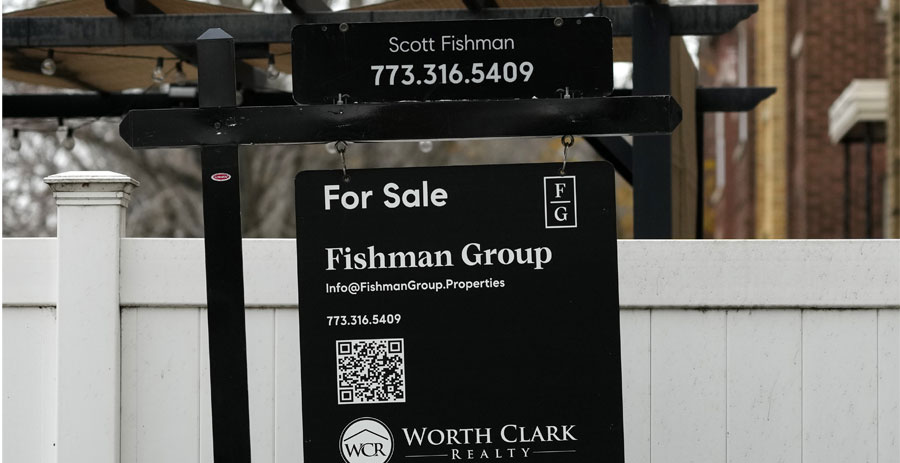Average rate on 30-year mortgage hits 6.91%
January 2, 2025

- Today’s Mortgage Rates by State – Jan. 7, 2025
- Today’s Mortgage Rates Rise by 4 Basis Points: January 9, 2025
- Scarborough named VP of Mortgage with Gulf Winds – The Brewton Standard
- CFPB sues manufactured homes mortgage company for alleged violations
- Mortgage Refinance Rates Trend Down but Remain Elevated
WASHINGTON — U.S. mortgage rates rose this week to the highest level since July.
The benchmark 30-year fixed rate loan rose to 6.91% from 6.85% last week, according to mortgage giant Freddie Mac. It was at 6.62% a year ago.
Xem thêm : Maryland reaches multistate $20 million settlement with mortgage servicing company over data breach
The uptick in the cost of home loans reflects a rise in the bond yields that lenders use as a guide to price mortgages. The increase is occurring with the price of homes rising steadily.
Bond yields climbed after the Federal Reserve signaled that it will likely deliver fewer cuts to rates this year than it forecast just a few months ago. While the central bank doesn’t set mortgage rates, its actions and the trajectory of inflation influence the moves in the 10-year Treasury yield.
The reason the Fed is tapping the brakes is that inflation remains stubbornly above the central bank’s 2% target, even though it’s fallen from the heights it reached in mid-2022. Economists also worry that President-elect Donald Trump’s economic policies, notably his plan to vastly increase tariffs on imports, could fuel inflation.
The average rate on a 15-year fixed-rate mortgage, popular with homeowners seeking to refinance, climbed to 6.13%, up from 6% and also the highest since July. It was at 5.89% a year ago.
“Inching up to just shy of 7%, mortgage rates reached their highest point in nearly six months,” said Freddie Mac chief economist Sam Khater. “Compared to this time last year, rates are elevated and the market’s affordability headwinds persist. However, buyers appear to be more inclined to get off the sidelines as pending home sales rise.”
The U.S. housing market has been in a sales slump dating back to 2022, when mortgage rates began to climb from pandemic-era lows. A shortage of homes for sale has helped prop up prices, which as of November 2024 are up 50% nationally since 2019.
Elevated mortgage rates and rising home prices have kept homeownership out of reach of many would-be homebuyers.
Home shoppers who could afford to buy in November benefited from a pickup in the homes that are available. Still, the supply of homes on the market remains about 30% below what it was before the pandemic.
Limited inventory, especially in the more affordable price range of a given market, helps drive prices higher. That’s one reason first-time homebuyers, who don’t have any home equity to put toward their down payment, continue to struggle to afford a home.
They accounted for just 30% of all homes sold in November. That’s up from 27% in October, but down from 31% in November last year. First-time buyers have accounted for 40% of sales historically.
Homebuyers who can afford to sidestep mortgage rates and pay all cash for a home accounted for 25% of sales in November, down from 27% a year earlier.
The biggest wildcard for mortgage rates this year is whether President-elect Donald Trump’s policy initiatives will contribute to higher inflation and swell the national debt, which could keep mortgage rates elevated. That’s because what happens with inflation, the U.S. deficit and the economy can have an effect on the 10-year Treasury yield.
Nguồn: https://modusoperandi.my
Danh mục: News
